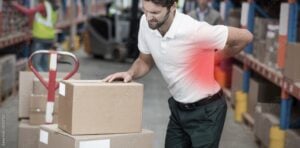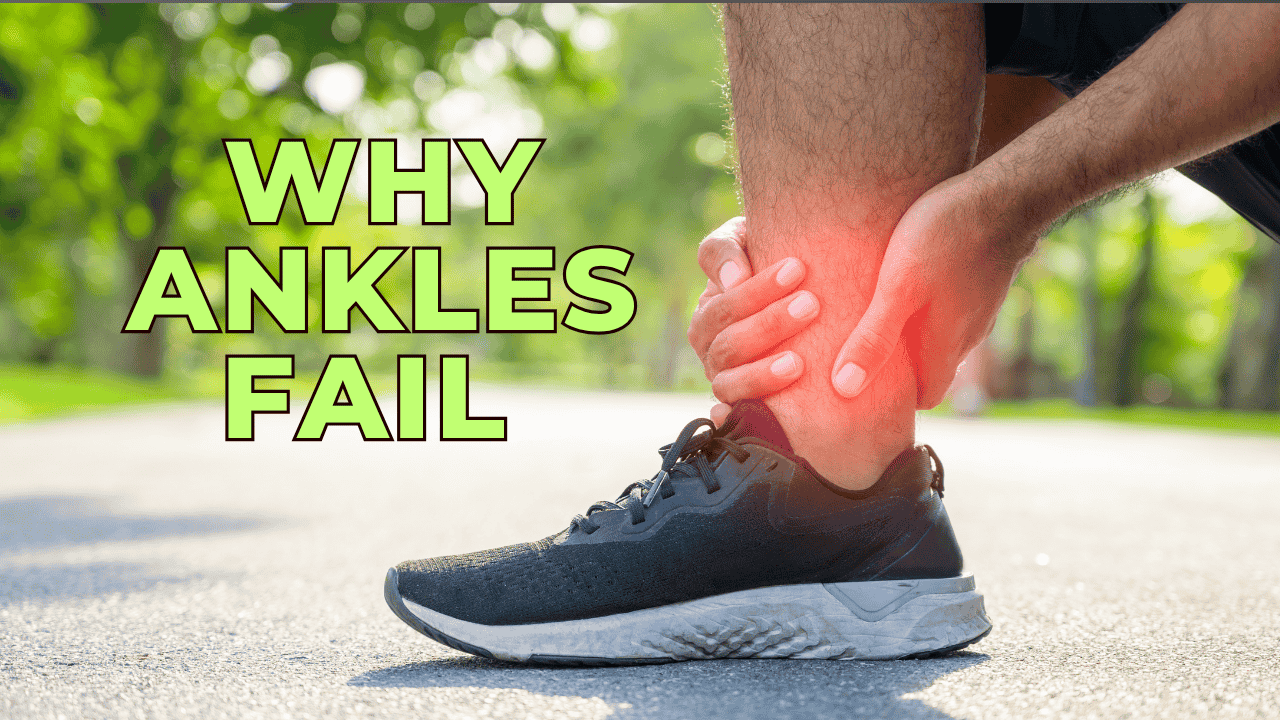Injury: Correcting impaired cells
The pressures of life make us and they break us
Fit2Thrive
Unfortunately, injury is a normal fact of life. Some are obvious to us, like a sprained ankle, and others are less obvious, like damage you cannot see or feel, such as to the cell walls lining your arteries. Even disease is technically a form of injury.
Therefore, it is worth learning some general skills and habits to prevent and treat common injuries. You will be surprised how easy many of these things are. Like any other skill, understanding injuries can initially seem daunting, but it gets easier with time and practice.
This is not a medical site, so I will not discuss all kinds of injuries, and nothing here replaces medical advice. It is simply information about how common injuries occur, ways to prevent them, and how to provide basic care if necessary. Where medical attention is required, seek it and follow the given advice.
All of us will face an injury at some point, so we need to learn how to recover from it. We need to know about the types of support available, such as physiotherapists and chiropractors, and how to learn rehabilitation skills from them to prevent future injuries and improve our first aid knowledge.
Life has always been full of injuries, big, small, and even minute, considering injuries to cells. So, strengthening against injury and rehabilitation from injury are all important areas of knowledge that can help you improve your health and wellness. I realised that everything that weakens you can be considered an injury. Which means your approach to injury prevention and repair must be wide ranging.
Study the course
If you found this article helpful, then you need to check out the course it comes from. It’s full of tips and advice that you can use right now.
This post explores the very concept driving this site.
Exercise challenges the body, ensuring it fixes incorrectly functioning cells and processes.
All my training has shown this to be true. When I put it into practice, I get the results I would expect. Yet few people have had this training, and so they don’t understand how much it could help them. So, of course, I share as best I can.
Building on the article ‘Get busy living or get busy dying’ I can now go through some of the articles I’ve found that demonstrate the impact of exercise and daily challenges on health.
The concept is that activity directly protects against injury and disease. My degree showed it teaches your body to deal with sugar, preventing diabetes and it’s side effects like heart disease. It strengthens the heart and cardiovascular system. Reducing the chance of a heart attack and reducing the impact if one occurs. It strengthens bones. Reducing or preventing osteoporosis.
That’s what my degree taught me. But it doesn’t end there. Here are a few articles that start this discussion. I have collected them over time and finally found the easiest way to share them.
- Blockade in cellular waste disposal: How protein aggregates disrupt the molecular balance of the cell Proteins that aren’t the right shape should be fixed or destroyed. Failures in this process can disrupt the cell and affect its health. My view. Keeping active forces your body to keep on top of protein maintenance.
- Trauma repair and recovery reviewing current knowledge on injury recovery. Section 5 tissue repair seems most interesting to me. I want to know the latest view on how cells and tissues recover.
- Exercise physiology in special populations
- This book makes the point that being active genuinely treats these conditions while lack of activity is common among these populations with these diseases and is Authored By BASES (British Association for Sport and Exercise Sciences), Steven Redgrave and John Buckley.
- Exercise rescues mutated neural stem cells a clear example of activity correcting critical functionality
- Sleep fixes things Sufficient good quality sleep is so important in keeping our balance. It is part of fixing most injuries. Adding weight is just one aspects associated with lack of sleep. Ultimately it’s about losing balance. Without balance our body doesn’t function properly. Injuries don’t heal properly. That’s dangerous.
- Mapping The Body’s Wiring For Medical Breakthroughs: A review of electroceuticals and their potential for improving health. It’s about nerve cells that don’t function correctly. Moving around is natures way of keeping these circuits in check. The right movements are what we must learn.
- What I am learning from my injuries explores the value of injuries to teach us better habits to avoid future injury and better health.
- How Our Cells Kill Themselves – Scientists Decode the Exact Mechanism at the Atomic Level:
- Upon receiving the suicide command, two ninjurin-1 proteins initially cluster together and drive a wedge into the membrane, Large lesions and holes are formed by many further proteins attaching to the initial wedge. In this way, the cell membrane is cleaved open piece by piece until the cell disintegrates completely.
- The cell debris is then removed by the body’s own cleaning service
- Biological age is increased by stress and restored upon recovery biological age undergoes a rapid increase in response to diverse forms of stress, which is reversed following recovery from stress
- Stress Increases Biological Age, But Recovery Can Revert It: A new study relying on DNA methylation clocks suggests that the biological age of mouse and human cells can fluctuate in response to stressful events.
- Raphael Varane: Man Utd and France defender says heading has ‘damaged his body’ The dark side of sport and why I don’t want my kids playing at a high level. Sport is for pleasure, not for pain.
Micro injuries
There are also numerous injuries we all incur daily but they’re too small for us to notice. Tiny tears in our blood vessels from sugar or insulin attacks. Micro tears in tendons and muscles from the daily grind. For some these injuries heal properly. For others they don’t and end up causing serious injuries like heart attacks and muscle pulls and tendon problems. Unfortunately there’s no real support out there to tell us whether we’re in the healed group or the potential injury group let alone what to do to correct it. We just generally have to make our own best guess from the thousands of options we’re presented with.
In time I can share the rest of the research I have found. Including
- Alzheimers,
- Removing tainted cells from the body,
- Exercise preventing high blood pressure by teaching your body to deal with salt.
Further references
- Your gut may hold the key to better, faster healing from muscle injury: cells from the gut have been found to travel far and wide to help heal muscle and liver tissue
- DNA-repair protein complex is a shapeshifter, reconfiguring itself to meet the demands of each task An insight into how complicated the recovery process is. “This project illustrates how versatile protein assemblies can be, given they participate in vastly different cellular processes.”
- Vitamin A may play a central role in stem cell biology and wound repair retinoic acid levels must fall for hair follicle stem cells to participate in wound repair—if levels are too high, they fail to enter lineage plasticity and can’t repair wounds—but if the levels are too low, the stem cells focus too heavily on wound repair, to the expense of hair regeneration. A hormetic effect
- Explosive Training Toughens Soldiers—but Secretly Puts Their Insides Under Siege
- Athletes looking for a competitive edge may find it within their gut microbiome
















